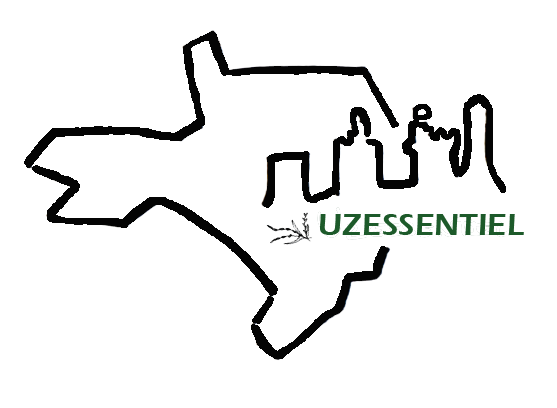The history of Christmas and its decorations
The Christmas tree is a symbol, interpreted many ways by different people and in different countries.
 FR - The Celts, who associated a tree with each month of the year, saw the 24 of December as the day the sun was reborn and the spruce tree symbolised childbirth.
FR - The Celts, who associated a tree with each month of the year, saw the 24 of December as the day the sun was reborn and the spruce tree symbolised childbirth.
In the 4th century, the Christian festival of the Nativity adopted this date to celebrate the birth of Christ. Believers saw the wood as an extension of the cross, destined to grow and bear fruit throughout future generations, like faith.
It seems that the first Christmas tree came from Alsace around 1600. It was decorated with coloured ribbons and sugar. A text from 1521 also mentions apples and hosts.
But the tradition of decorating the tree may well have originated in a pagan rite, which encouraged people to take a lucky branch home with them.
Around 274 AD, under the Emperor Aurelian, an oak branch had to be burnt in every home for twelve consecutive days during the Festival of the Sun on 25 December.
In the Middle Ages, during the Adam and Eve games that preceded the recreation of eden on earth in the churches on Christmas Eve, fruit was hung on the tree, the ultimate symbol of abundance and the mysteries of life. Or 12 candles, representing the twelve months of the year.

At the end of the 15th century, flowers were made of paper, then of thin sheets of gilded metal. It wasn't until the 19th century that Christmas decorations became more varied, with baubles and blown glass objects.
Over the centuries, the Christmas tree has remained an essential part of the festive season. Young and old alike marvel at the Christmas markets, where what was once a symbol of abundance becomes garlands and gleaming baubles.
But it wasn't until Thomas Edison's first light bulb that we discovered the electrical Christmas lights. The first Christmas tree adorned with this new ornament was presented in New York in 1882. However, it was only a few years later that tinsel came into widespread use, when it was first marketed.
A history of sovereign
In 1738, María Leszczyńska, the wife of Louis XV, introduced the fir tree to Versailles. Marie-Amélie de Bourbon-Siciles, wife of Louis Philippe d'Orléans, was just as fond of this winter decoration. In the 19th century, the famous Christmas tree was introduced at Windsor Castle, on the initiative of Prince Albert, husband of Queen Victoria.
Sources: zivoi.com, Christmas imagery, supernatale, A brief history of Christmas lighting in America.






